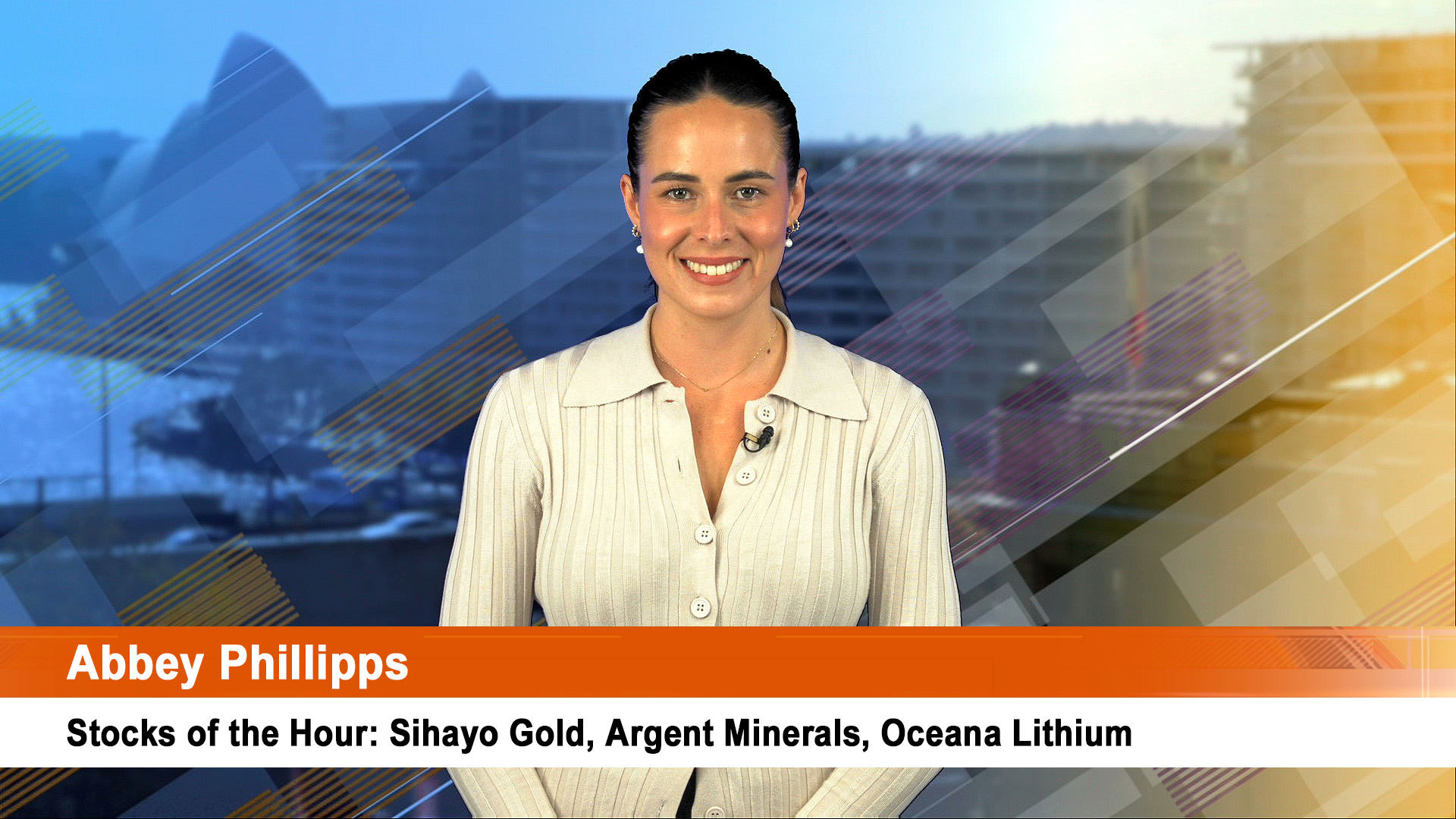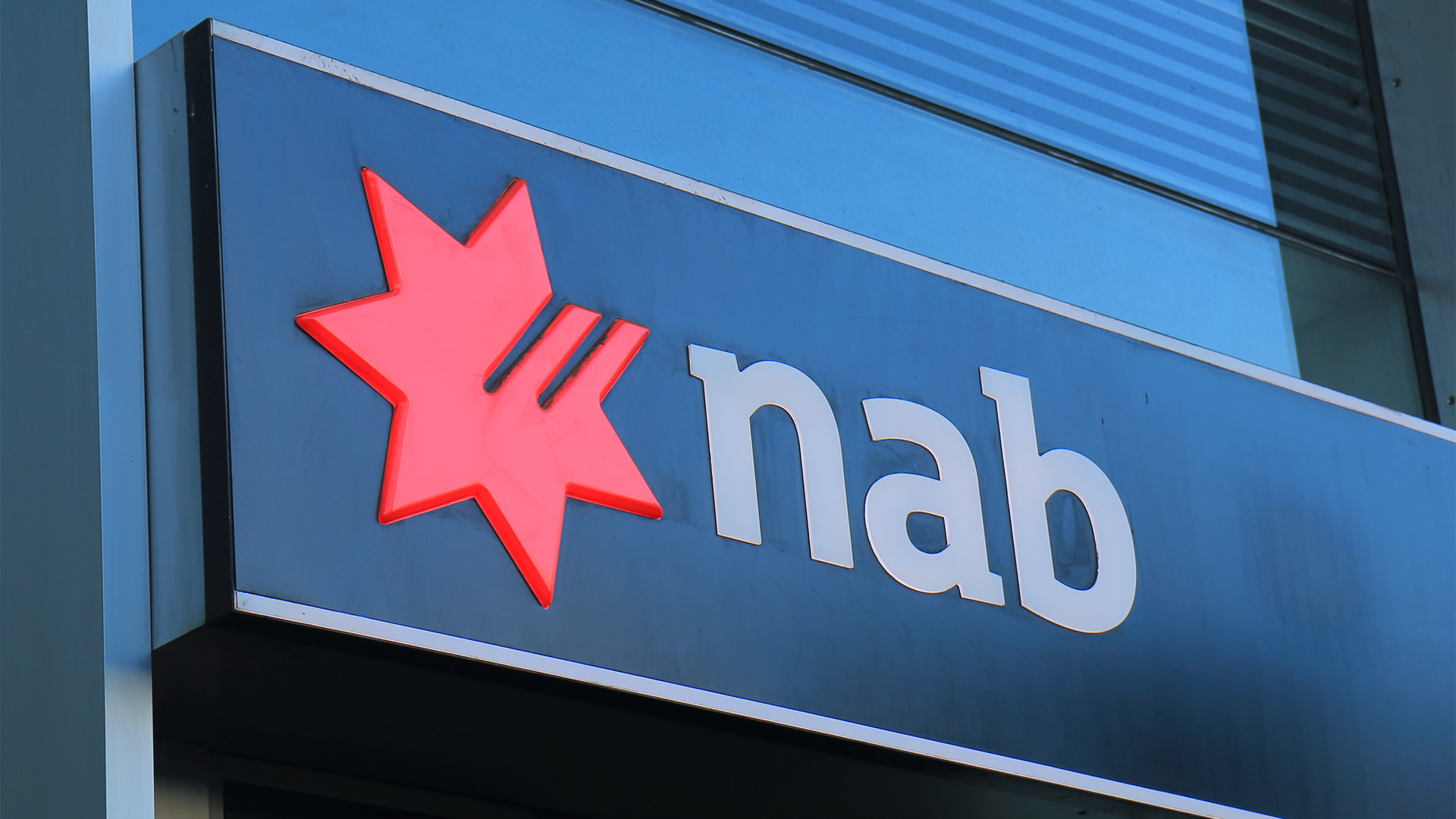Rio Tinto has well and truly recovered from its self-inflicted near death experience in 2008-09 that saw it almost fall into Chinese hands.
The company has ridden the rebound in global iron ore prices, especially in the rich Chinese market, to post all time high underlying earnings of $US5.8 billion for the first half of this 2010, 125% more than the $US2.6 billion earned in the same period of 2009.

Analysts had forecast underlying earnings of $US5.5 billion ahead of the release of the result after stockmarket trading for the day ended yesterday afternoon.
The shares closed in Australia overnight Thursday at $73.01, a rise of 17c on the day.
Cash flow from operations jumped 78% to $US9.9 billion, which will help finance the company’s ambitious plans to expand iron ore and the huge copper project in Mongolia where it is fighting with the owner, Ivanhoe Mines of Canada (Rio has a shareholding).
Around $US13 billion is slated for spending between now and the end of 2011 on expansion and new projects in Australia and offshore.
Rio shareholders will receive an interim dividend of 45 US cents for the half year, and that looks like being the size of the payout for the current half year.
But the company said that from 2011 onwards it will resume "its progressive dividend policy over the longer term”.
That policy was suspended two years ago when the world financial crisis hit and the company trembled under the weight of the slump and $US44 billion of debt taken on to pay for Alcan.
Rio chief executive Tom Albanese said in a statement the result was achieved through a recovery in key markets and cost reduction measures implemented in 2009.
“We achieved a first half record of $5.8 billion in underlying earnings following a strong recovery in our key markets.
"We have reaped the benefits of the cost reduction efforts implemented in 2009 and have been pushing our production hard to benefit from a strong pricing environment, leading to record first half cash flows from operations of $9.9 billion.
"Together with divestment proceeds, this enabled us to reduce our net debt to $12.0 billion at 30 June 2010.
"Growth is the first priority for our cash flows: the relatively low levels of capital expenditure in the first half of $1.8 billion reflected the cash preservation efforts in 2009.
"We expect second half capital expenditure to rebound significantly: we have approved $3 billion in project development so far this year, including $1 billion towards the expansion of our Pilbara operations to 330 million tonnes per annum and $170 million to progress the Simandou iron ore project in Guinea.
"Earlier this year we committed new funds for iron ore expansion in Canada, a new nickel mine in the US and expanded molybdenum production at Kennecott Utah Copper.
"We also have scope for targeted investment in aluminium and alumina, and to develop the major Oyu Tolgoi copper / gold project in Mongolia".
Rio chairman Jan du Plessis said in a statement: “This was an outstanding half reflecting higher prices and Rio Tinto’s strengths in operational excellence.
"I was pleased to see this reflected in a substantial further reduction in our net debt to $12 billion – compared with $39 billion at 30 June 2009.
"Our business is robust with a strong balance sheet which is able to withstand volatility or further shocks from the global economy.
"Developing our relationship with China is a key priority for Rio Tinto and I was very pleased to sign the agreement with Chalco last week for the Simandou joint venture.
"We are firmly focused on high quality growth with many tier one options ahead. We look to the future with confidence.”
Despite Rio being one of the three companies to help produce the Minerals Resource Rent Tax, Mr Albanese said there was more work to be done through the Policy Transition Group headed by Don Argus.
“In early July, the Australian government announced the proposed introduction of a Minerals Resource Rent Tax in 2012.
"We now have further opportunity to work constructively with the government to ensure that the tax system continues to encourage investment in Australia,’’ he said.
Beyond the tax’s fate, the key issue for Rio Tinto is whether it will win approval for its proposed $116 billion Australian iron ore joint venture with BHP Billiton.
The deal is opposed by steelmakers around the world and is being investigated in China, Germany, by the EC, and by the ACCC in Australia which was to have released a statement on the 22nd of last month, but has postponed it while it conducts further checks of market reactions.
Rio’s strong profit growth follows the strong result from Brazil’s Vale late last week which lifted first half profit more than to $US3.7 billion in the second quarter, more than double the first quarter’s $US1.6 billion.
Vale earned a total of $US5.3 billion in the six months to June, but that includes losses and low profits from some other operations, such as aluminium and nickel where the company has had a big strike in Canada for some time..
Rio is more a pure iron ore play than either Vale (which is the world’s biggest nickel miner) or BHP, which has big coal, oil, gas gold, copper, uranium and other operations, besides iron ore.
Rio Tinto’s biggest Pilbara iron ore business (plus a muc













